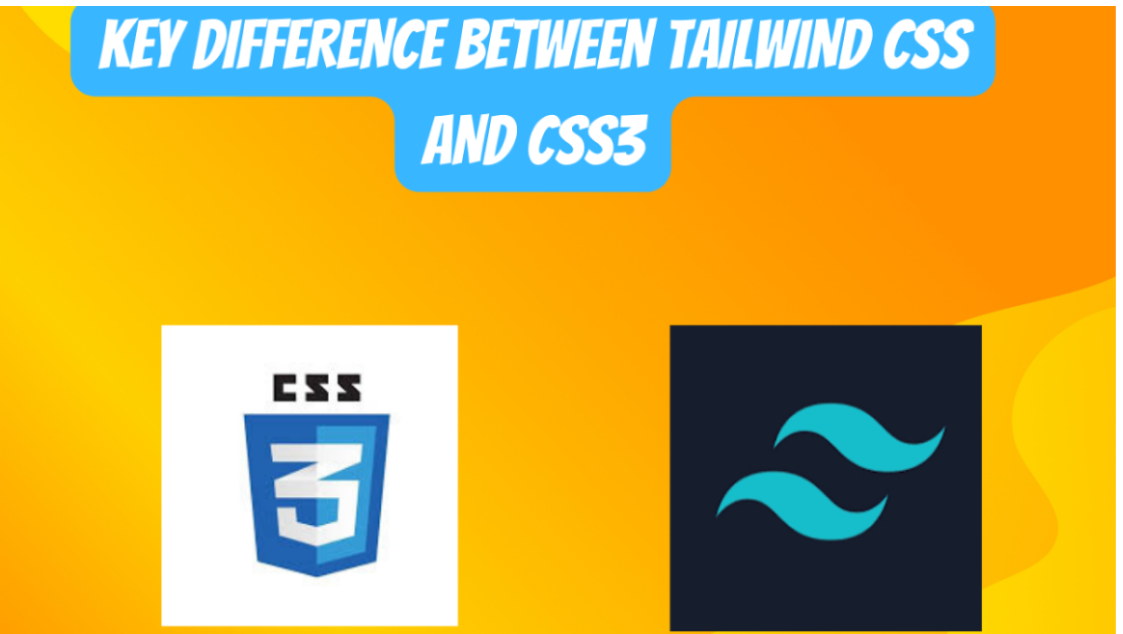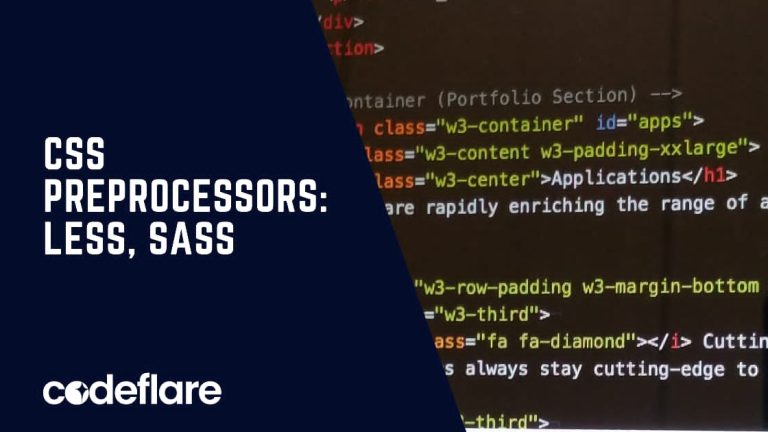
Introduction:
In the world of web development, CSS (Cascading Style Sheets) plays a crucial role in styling and designing web pages. While traditional CSS3 has been a staple for many years, newer frameworks like Tailwind CSS have emerged, offering developers a different approach to styling. In this article, we’ll delve into the key differences between Tailwind CSS and CSS3, highlighting their strengths, weaknesses, and use cases.
- Core Philosophy and Approach:
- Tailwind CSS: Tailwind CSS follows a utility-first approach, where developers use utility classes directly in HTML to apply styles. This approach promotes rapid development and allows for quick prototyping without writing custom CSS.
- CSS3: CSS3, on the other hand, follows a traditional approach, where developers write custom CSS rules targeting specific elements or classes. It provides more control over styling but can be time-consuming for complex designs.
2. Code Organization:
- Tailwind CSS: In Tailwind CSS, styles are organized into utility classes that define specific properties such as margin, padding, typography, colors, and more. These classes can be applied directly to HTML elements, leading to a more streamlined and concise codebase.
- CSS3: In CSS3, developers typically organize styles into separate CSS files or style blocks within HTML documents. This allows for a structured approach but may result in larger CSS files and potential redundancy.
3. Customization and Extensibility:
- Tailwind CSS: Additionally, Tailwind CSS offers extensive customization options through its configuration file. Furthermore, developers can customize colors, spacing, typography, breakpoints, and more, making it highly adaptable to different design requirements.
- CSS3: CSS3 allows developers to create custom styles using selectors, pseudo-classes, and media queries. While highly flexible, it may require more effort to maintain and update styles across a project.
4. Learning Curve and Productivity:
- Tailwind CSS: Due to its utility-first approach and predefined classes, Tailwind CSS has a relatively lower learning curve, especially for developers familiar with HTML. It enhances productivity by providing ready-to-use styles without the need for writing repetitive CSS code.
- CSS3: CSS3 requires a deeper understanding of CSS concepts, selectors, and properties. While it offers more control and flexibility, it may require more time and effort to master, particularly for complex layouts and designs.
5. Performance and Optimization:
- Tailwind CSS: Tailwind CSS optimizes performance by generating only the necessary CSS styles based on utility classes used in the HTML. This can lead to smaller CSS file sizes and improved loading times.
- CSS3: CSS3 allows developers to manually optimize styles for performance, but it requires careful management of selectors, specificity, and code organization to avoid redundancy and bloat.
Conclusion:
Both Tailwind CSS and CSS3 are valuable tools for styling web applications, each with its strengths and considerations. However, the key difference between Tailwind CSS and CSS3 lies in their approach and capabilities. Tailwind CSS excels in rapid development, code organization, and productivity, while CSS3 offers fine-grained control, customization, and extensibility. Choosing between them depends on project requirements, developer preferences, and the desired balance between simplicity and flexibility in styling.






